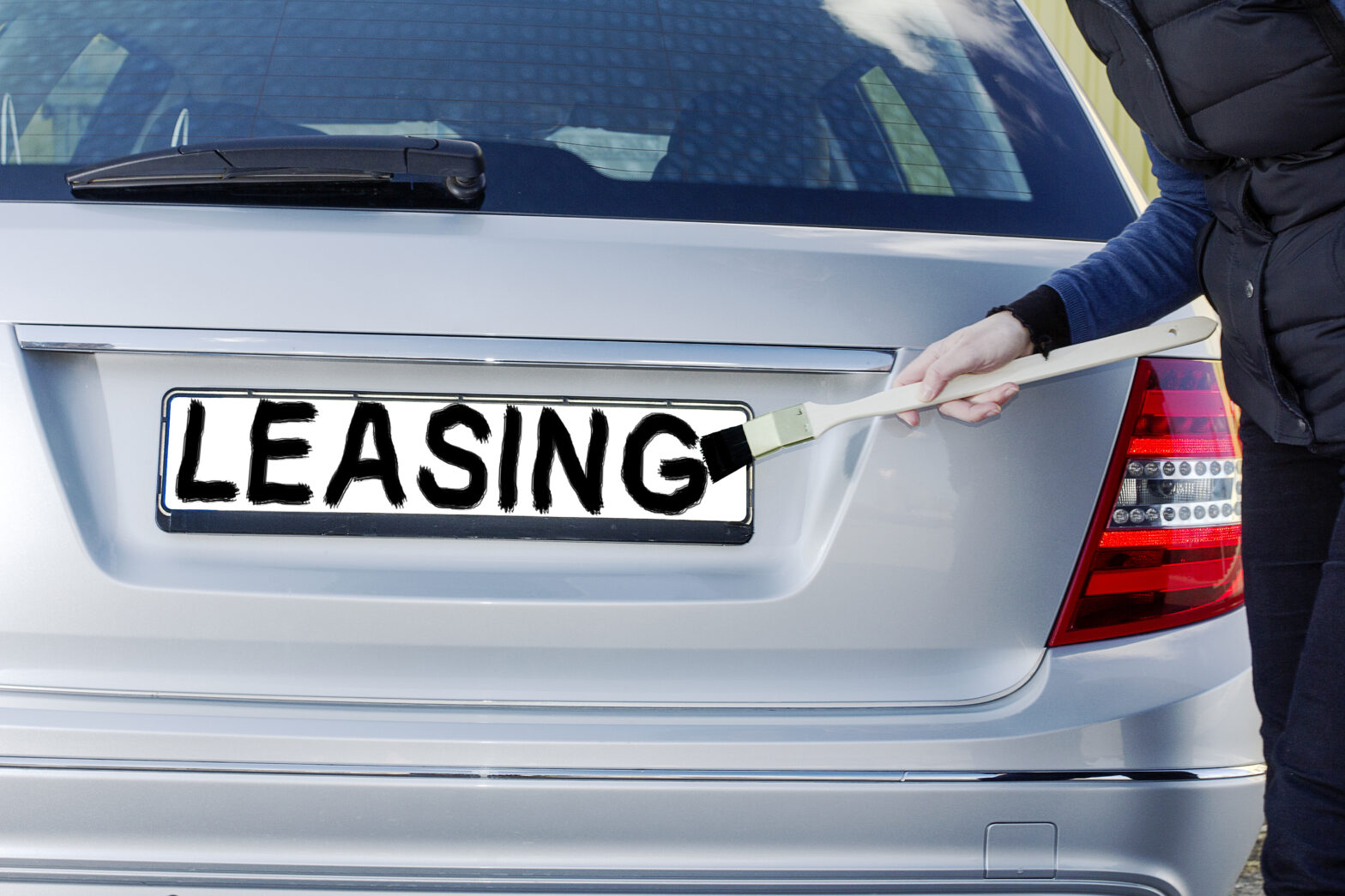When running a business, making sure you’re profitable by covering your overheads is a top priority, so worrying about asset depreciation is often overlooked. If you’ve ever spoken with an accountant, they’ll explain the nightmare scenarios of balancing the books at the end of each financial year. Beating depreciation at the source can not only save your business time but money – here’s our guide to the benefits of leasing a business vehicle over buying.
Theoretical depreciation calculations
A lot of the numbers your accountant works with are theoretical – businesses could be making a cash loss month on month, but on paper they could be making large profits due to the estimated increase in value of their office building.
This information, however, does not help when you’re cash poor and asset rich, especially when working out the future value of your business vehicles. Estimating depreciation and calculating it into three, five or ten-year plans brings up difficult questions: ‘Is a vehicle depreciating at a steady rate’ and ‘is it worth more than the sum of its parts?’
If you’re not already thinking like your accountant on how to save money, you should be. By spending time calculating depreciation of assets that you don’t need to own, you may be better off by renting your property and leasing the company vehicles.
See also: Confused about how car leasing works? – Car leasing is a way to drive around in a reasonably new car for a fixed monthly sum but without the burden of ownership. Here’s more info.
To help with this, we’ve put together a guide on how leasing can be beneficial to your business and ultimately save you money. There are some important questions you need to answer though when it comes to looking at leasing in order to make every penny count with your business vehicle.
Leasing a business vehicle considerations
How many miles you drive per year
Although there is no hard limit, driving around 10,000 miles a year is an industry standard for lease contracts. Therefore, if you cover between 5,000 and 15,000 miles per annum in your business vehicles, you’re in the financial sweet spot.
This means that you won’t incur any additional fees that come with excess mileage as typically; lease agreements benefit those with lower annual mileage. However, if you travel significant distances each year it may be worth speaking with your car lease company to work out special terms to suit you.
How often you’ll need to upgrade your vehicles
If your industry demands that you have the newest, most efficient vehicles on the market, or you have changing needs, then leasing will be the best option.
Leasing is a great option for those who need to upgrade their vehicle every three to four years, and upgrading comes with more benefits that just a perpetual smell of a new car. The latest fuel efficient models, guaranteed manufacturer’s warranty, low maintenance are some of the perks of taking out a new lease car.
How much can you afford in monthly payments
Monthly lease payments can be less than payments on the same vehicle with a car loan. This can be great for businesses, as you may be able to access higher quality vehicles than if you were buying, or save the difference and put it towards other business needs.
Business lease vehicles also allow you to keep more cash in your account so you’ll have more liquidity than if you were to buy outright and lose liquidity, helping you to focus on other areas of the business.
Getting the most out of your business lease car
Tax benefits
Whilst ‘capital allowances’ can be written against any business profits, typically used for plants and machinery purchases or leases, cars exist in their own area and are treated differently. The simplest form is if a car is used for business purposes only, otherwise the amount of personal use must be calculated and deducted from the running cost of the vehicle.
Both bought and leased vehicles allow you to deduct the related expenses from your business’s taxes. However, only when the lease vehicle is solely for business purposes can the company can claim back the maximum monthly amount (based on your lease cost) from your VAT as business expenses.
Note that the monthly amount claimable is limited to a maximum of 85 per cent of the lease cost vs profits if the vehicle’s emissions are rated as more than 160 g/km. If the vehicle emits less than the limit of 160 g/km, then 100 per cent of the amount is allowable. Again, this help with leasing as you’re able to access the most up-to-date models with fuel efficient engines.
Further deductions
Fuel expenses, in addition to lease costs, can also be written against any profits as business expenses. The mileage rate is your estimated annual business miles times by the standard Mileage Allowance Payments known as MAPs (figures correct as of March 2015). From 2015, for cars and vans the first 10,000 miles are set at 45p per mile and 25p per mile thereafter.
It’s important to bear in mind that if you actually own a vehicle, then you are able to swap the expense method to whichever is more beneficial – ie a standard rate or the actual rate in lieu with your driving habits. With leasing, you can select either option, but once chosen, you’ll have to stick with it for the entirety of the lease contract.
Conclusion
Leasing a business vehicle can be great at keeping your finances under control and squeezing every penny. Claiming back VAT, staying liquid and deducting costs from profits all combine to make leasing an attractive option. As mentioned before, speak to your accountant to work out your financial sweet spot depending on how many employees you have, the type of vehicles needed and estimated annual mileage.





